The problem is loads of wrong predictions from theoretical physicists. Photograph by Inga Nielsen / ShutterstockNothing is moving in…
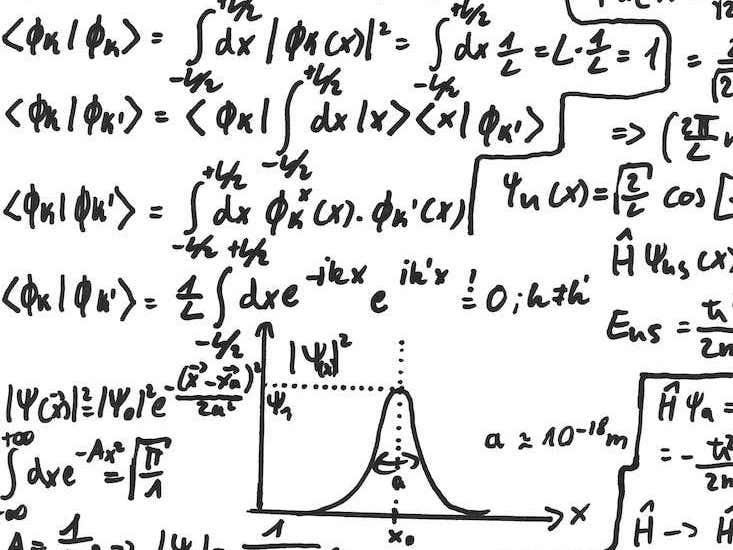

As even casual Star Wars fans will know, lightsabers are probably the coolest weapon ever to make an appearance on the big screen. Lightsaber fights are so elegant that they are almost hypnotic and, even though not all of us might have a strong enough flow of Force running through our veins, a lightsaber in the right hand is by far the deadliest weapon to be found in the universe.
The idea behind a lightsaber is simple genius: a light-weight and immensely powerful tool that uses a blade of energy to not only slice up disciples of the Dark Side in a single blow but also act as an effective shield against laser blasts. So why don’t we have working lightsabers in real life? Surely physicists must be smart enough (and big enough Star Wars fans) to be able to produce one of these incredible objects.
The obvious way of building a lightsaber would be to use a laser, which can be seen as a particularly bright and directional burst of light. But even though laser technology is continuously striding towards more efficient and practical machines, we are still miles away from a working lightsaber. Let’s see why.
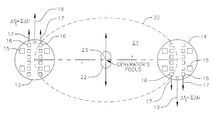
A gravitational wave generating device comprising an energizing means such as magnetrons, which act upon energizable elements such as film bulk acoustic resonators or FBARs. A computer that controls the magnetrons’ phase. A gravitational wave generation device that exhibits directivity and forms a gravitational-wave beam. The utilization of a medium in which the gravitational wave speed is reduced in order to effect refraction of the gravitational wave and be a gravitational wave lens. A gravitational wave generator device that can be directed in order to propel an object by its momentum or by changing the gravitational field nearby the object to urge it in a preferred direction and be a propulsion means.

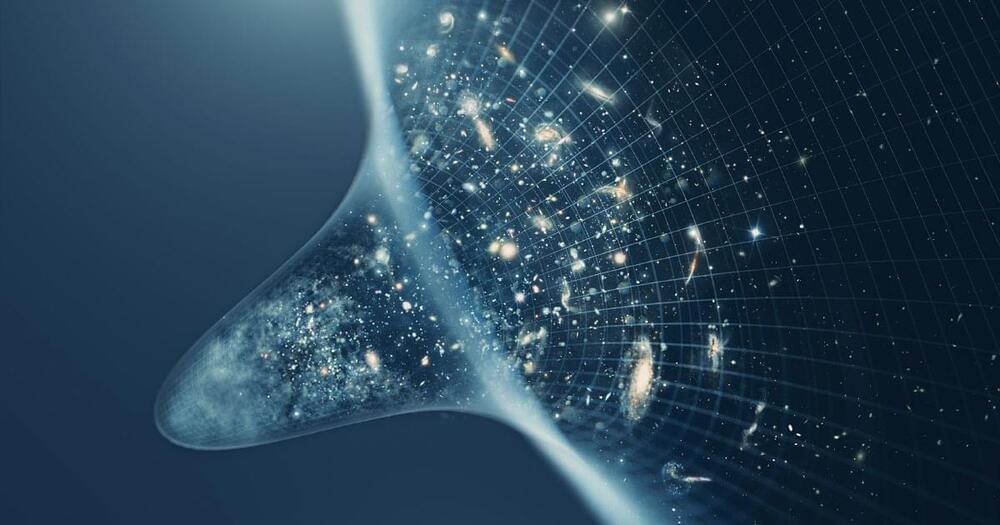

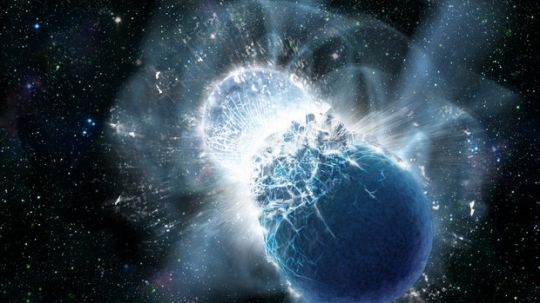
When he was considering white dwarfs and neutron stars in the context of what he called ‘gravitational machines,’ Freeman Dyson became intrigued by the fate of a neutron star binary. He calculated in his paper of the same name (citation below) that gradual loss of energy through gravitational radiation would bring the two neutron stars together, creating a gravitational wave event of the sort that has since been observed. Long before LIGO, Dyson was talking about gravitational wave detection instruments that could track the ‘gravitational flash.’
Image: Artist conception of the moment two neutron stars collide. Credit: LIGO / Caltech / MIT.

Gold, silver and copper are heavy metals, but LLNL scientists can now make them nearly as light as air—in a form so tiny it can ride on a mosquito’s back.
The groundbreaking science, part of a joint NIF/Physical and Life Sciences (PLS) project supported by the Laboratory Directed Research and Development (LDRD) Program, created these ultra-low density metal foams to give physicists better X-ray sources to employ in experiments that support NIF’s Stockpile Stewardship mission.
The foam is the product of a nearly decade-long research effort by members of the Lab’s NIF and PLS directorates for use on inertial confinement fusion (ICF) experiments at NIF, the world’s most energetic laser system.
Somewhere in the outer reaches of the Solar System, beyond the orbit of Neptune, something wonky is happening. A few objects are orbiting differently from everything else, and we don’t know why.
A popular hypothesis is that an unseen object called Planet Nine could be messing with these orbits; astronomers are avidly searching for this planet. But earlier this year physicists came up with an alternative explanation they think is more plausible.
Instead of one big object, the orbital wobblies could be caused by the combined gravitational force of a number of smaller Kuiper Belt or trans-Neptunian objects (TNOs). That’s according to astrophysicists Antranik Sefilian of the University of Cambridge in the UK and Jihad Touma of the American University of Beirut in Lebanon.
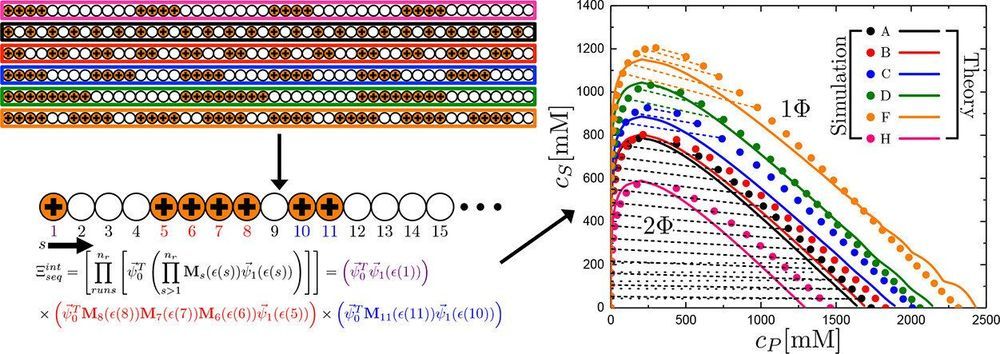
Thanks to a team of researchers from the University of Illinois at Urbana-Champaign and the University of Massachusetts Amherst, scientists are able to read patterns on long chains of molecules to understand and predict behavior of disordered strands of proteins and polymers. The results could, among other things, pave the way to develop new materials from synthetic polymers.
The lab of Charles Sing, assistant professor of chemical and biomolecular engineering at Illinois, provided the theory behind the discovery, which was then verified through experiments conducted in the lab of Sarah Perry, assistant professor of chemical engineering at UMass Amherst, and Illinois alumna. The collaborators detailed their findings in a paper titled “Designing Electrostatic Interactions via Polyelectrolyte Monomer Sequence” published in ACS (American Chemical Society) Central Science.
The colleagues set out to understand the physics behind the precise sequence of charged monomers along the chain and how it affects the polymer’s ability to create self-assembling liquid materials called complex coacervates.